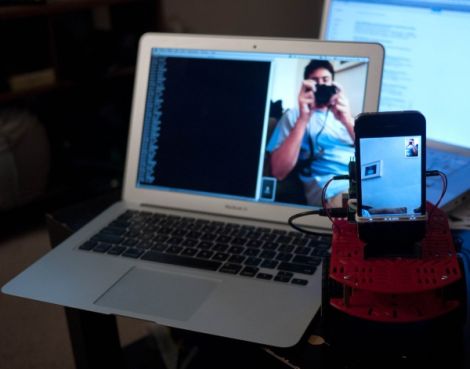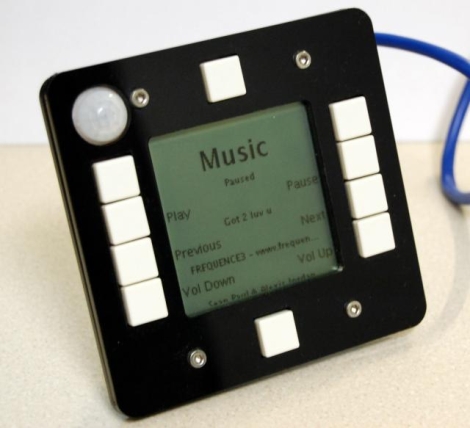
Love them or hate them, plenty of people around the world use QR codes on a daily basis. Since he thinks they’re pretty great, Hackaday reader [falldeaf] thought it would be cool to put together an automatic QR code generator to be used on web sites.
Inspired by the custom QR logo embedding work done by our own [Brian Benchoff], his dynamic QR code generator allows you to do the same thing, but with far less work. The code requires that you have PHP and the GD library installed on your server, but other than that his code does the rest.
All you need to do is call up the page and pass along a URL, optional caption text, optional image overlay (to add your logo to the center of the code), as well as an optional hash code for tracking traffic sources. The page spits out a png image that can be used on its own, or embedded in a blog, which is what [falldeaf] plans on using it for.
If QR codes are your thing, be sure to grab a copy of his code, it will certainly be a handy tool to have around.

















